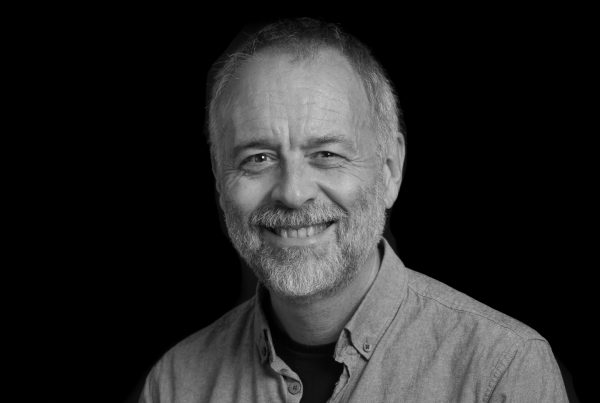PhD in Geological Sciences (UAB, 1983). He was researcher of the Institute of Paleontology of Sabadell. Currently, he is ICREA research professor at the Institut Català de Paleontologia M. Crusafont (CERCA program). He was the founder and first director of this institute (2006-2017). Science, Pnas, Tree, Proc. Royal Soc., between others. He has received several national and international awards. He participates in several national and international projects, among them the RHOI Project (Revealing Hominid Origin Initiative, NSF USA) and international projects (Leakey Foundation, Wenner-Gren foundation) as well as national projects (Mineco, Agaur). He and his team are responsible for the discovery and study of key fossil hominoid specimens such as the partial skeletons of Hispanopithecus laietanus, Pierolapithecus catalaunicusand Pliobates cataloniae, the best preserved of the whole Eurasian continent.
Research interests
The main aim of my research is the study of the origin and evolution of hominoids (Primates) from a paleontological perspective. It forms part of a wider research scope, embracing the evolutionary history of primates including Paleogene and Pleistocene primates. A major goal is the study of the paradox existing between the ancestral crown-hominoid (and hominid) morphotypes reconstructed on the basis of derived features shared by extant taxa and the more primitive morphotype found in the fossil record. This suggests that homoplasy plays a role in hominoid evolution, suggesting that orthograde adaptations could be convergent in the three hominoid lineages, gibbons, orangutans and African Apes. Morphofunctional analysis of complex structures or the application of proteomics to fossil hominoids, would help to identify homoplastic characters. Field work on the Vallès-Penedès Neogene basin with the objective to increase the current hominoid fossil record, is a priority action of my research.
Selected publications
– Moyà-Solà S, Quintana Cardona J & Kohler M 2022, ‘Ebusia moralesi n. gen. nov. sp, a new endemic caprine (Bovidae, Mammalia) from the Neogene of Eivissa Island (Balearic Islands, Western Mediterranean): evolutionary implications‘, Historical Biology, 34, 8, 1642-1659.
– Casanovas-Vilar I et al. 2022, ‘Els Casots (Subirats, Catalonia), a key site for the Miocene vertebrate record of Southwestern Europe‘, Historical Biology, 34, 8, 1494-1508.
– Urciuoli A, Zanolli C, Bouchet F, Almecija S, Moya-Sola S & Alba DM 2022, ‘Semicircular canal morphology of the Miocene small-bodied catarrhine Pliobates cataloniae: Phylogenetic implications‘, American Journal Of Biological Anthropology, 177, 187 – 187.
– Bouchet F et al. 2022, ‘New dental remains of the Miocene small-bodied catarrhine Pliobates cataloniae‘, American Journal Of Biological Anthropology, 177, 19 – 20.
– Pugh KD, Fortuny J, Shearer BM, Hammond AS, Moya-Sola S, Alba DM & Almecija S 2022, ‘A virtual reconstruction of the cranium of Pierolapithecus catalaunicus’, American Journal Of Biological Anthropology, 177, S73 148 – 148.
– Arias-Martorell J, Raventos-Izard G, Casado A, Pastor F, Moya-Sola S & Potau JM 2022, ‘Quantitative assessment of the influence of the glenoid labrum in the morphology of the glenoid cavity of the scapula in hominoids‘, American Journal Of Biological Anthropology, 177, 6 – 6.
